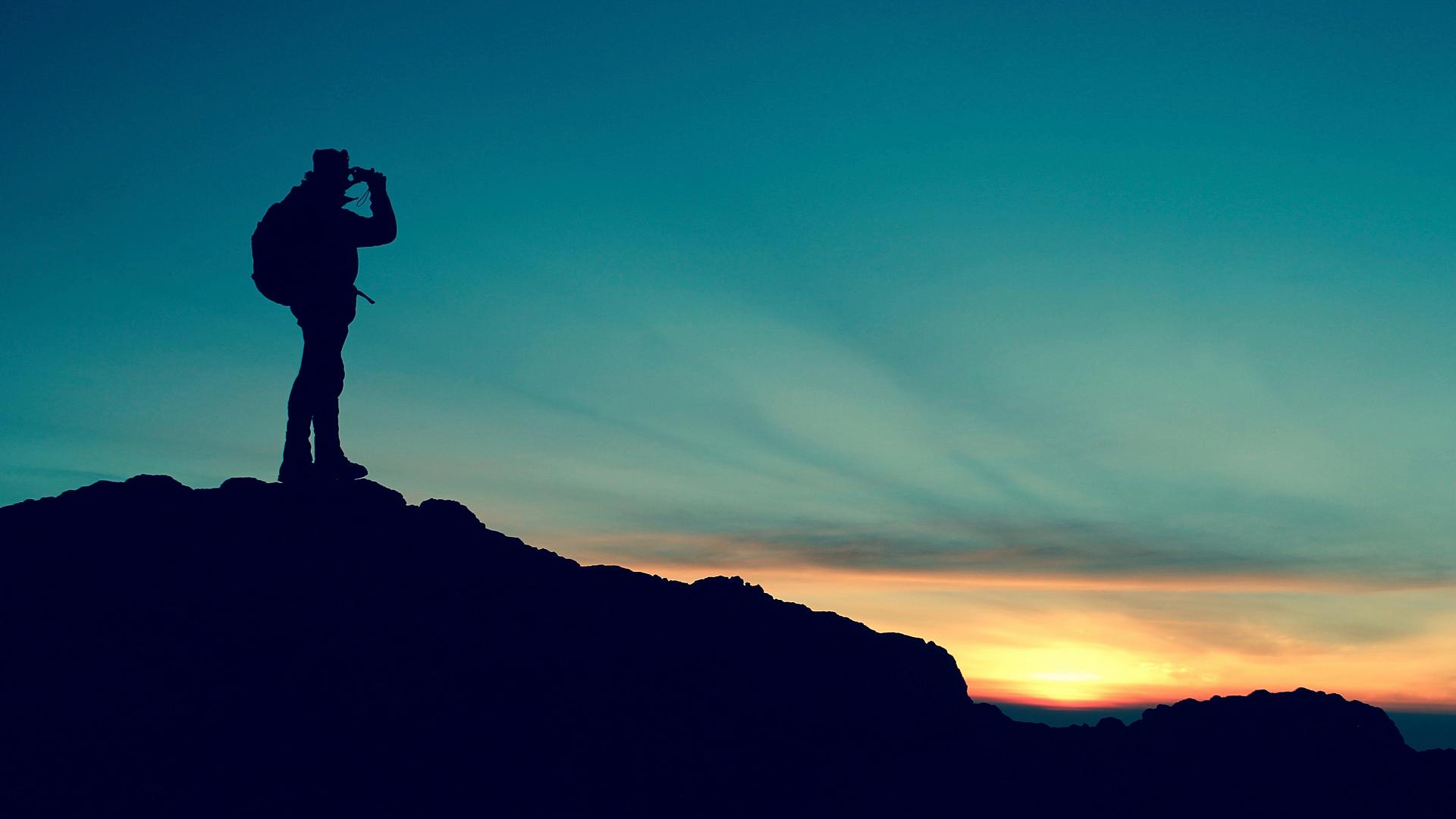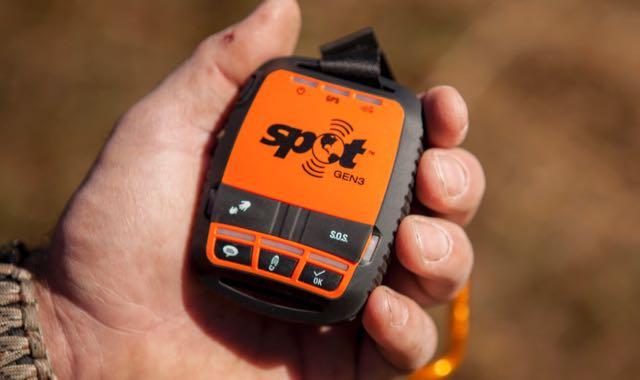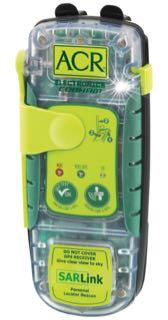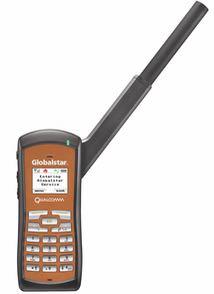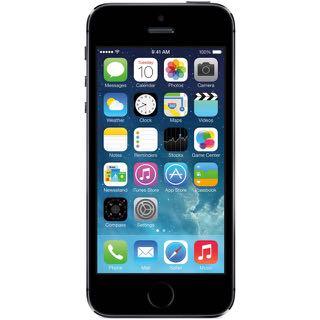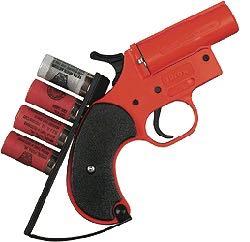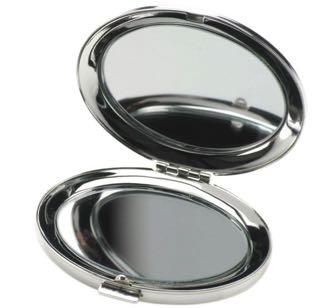Taking the “search” out of search and rescue
These 7 technologies—both high and low—might one day save your life
Advertisement
Until you’re actually lost, injured or stranded, it’s easy to forget that Canada’s wilderness is vast. Really vast. So vast, in fact, that far too many wayward anglers and hunters have succumbed before help finally arrived. Here’s a primer of some technologies—from space age to ancient—that can save your bacon when you’re off the grid and lost.
SPOT GEN3 SATELLITE GPS MESSENGER
Advertisement
How it works
SPOT Gen3 is a GPS messenger that helps users stay connected via satellite even where there is poor or no cellular signal. It provides off-the-grid messaging, emergency alerts, and extreme GPS tracking, with track check points capable of taking place as frequently as every 2 ½ minutes.
Pros
Advertisement
- Small, rugged, simple to use
- Nifty tracking feature
- Globalstar network is virtually worldwide
Cons
- Not many, to be honest
PERSONAL LOCATOR BEACON
How it works
When activated, transmits a unique distress signal to government SAR satellites, telling rescuers where, and who, you are. Many have secondary transmitters to pinpoint your exact location.
Pros
- No subscription fees
- Can be rented
- Small, rugged, waterproof, simple to use
Cons
- One-way communication only
- No other handy functions
- Hefty fines for transmitting false alerts
SATELLITE PHONE
How it works
Provides communication links via satellites instead of cell towers, meaning near-global coverage for voice and data. Newer (but pricier) models also provide GPS functions.
Pros
- Two-way communication
- Excellent backcountry coverage
- Can be rented or purchased second-hand
Cons
- Limited battery life
- Per/minute fees can add up quickly
- Heavier and bulkier than a cellphone
SMARTPHONE
How it works
Besides voice and text, most newer models also have some GPS capability that, if activated, tracks the phone on a Web page. Provider records also show which towers have connected to the phone.
Pros
- Ubiquitous
- Easy to use
- Offers both two-way and passive communication
Cons
- Poor backcountry coverage
- Limited battery life
- Your work might call or e-mail you
FLARES
How it works
An aerial flare is visible at a distance of 10 kilometres or more, signalling the general vicinity of your whereabouts. A handheld or smoke flare can help rescuers pinpoint your exact location.
Pros
- Highly visible, day or night
- Can also be used to start a fire
- Alerts both air and ground searches
Cons
- Brief, one-use only
- What if no one sees it?
- Accidental misfires can be dangerous
MIRROR
How it works
Adjust the angle to catch the sun’s rays, then tilt up and down to signal an SOS. Easily seen 10 kilometres away, and up to 80 kilometres away under bright, clear conditions.
Pros
- Light, simple, easy to use
- Stay well-groomed while you’re stranded
Cons
- Requires sunlight to function
- Can’t compete with satellites
- Seven years of bad luck if broken
BREAD CRUMBS
How it works
Drop along your route to help you safely retrace your way back home. Pulls double duty as telltale trail markers for search-and-rescue teams in case you fail to return as scheduled.
Pros
- Easy to use
- Relatively inexpensive
- Doubles as emergency food rations
Cons
- Ineffective at sea
- You’ll need a lot of bread
- Woodland creatures may devour your trail
These backcountry safety tips were brought to you by Globalstar Canada Satellite CO, makers of SPOT Gen3 and SPOT Trace. For more information on SPOT visit www.findmespot.ca

